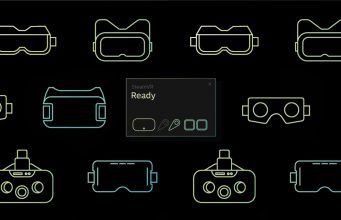
With a growing number of affordable next-gen PC-compatible headsets like Quest 2 and HP Reverb G2, there’s more reason than ever to finally jump into VR. For the gamers out there who are beginning to consider purchasing a headset, one major question marks the starting point on their journey to a decision: can my PC handle it? Here’s how to find out.
Updated – January 8th, 2021
VR gaming is much more resource intensive than monitor gaming. In short, that’s because the render resolution is much higher than the 1080p displays used by most PC users today. Not to mention, VR games must also be rendered in 3D and anywhere from 72 to 144 FPS depending on the headset.
Many headset makes provide what they call a ‘recommended’ hardware configuration for virtual reality gaming. This gives VR developers a baseline hardware target so that they can ensure the consistent FPS requirement is met. If your hardware does not meet the recommended specification, you risk dropping under framerate which can result in a choppy and potentially uncomfortable VR experience.
The recommended specs provided by each company are relatively similar but there are some key differences worth looking at in detail:
Oculus
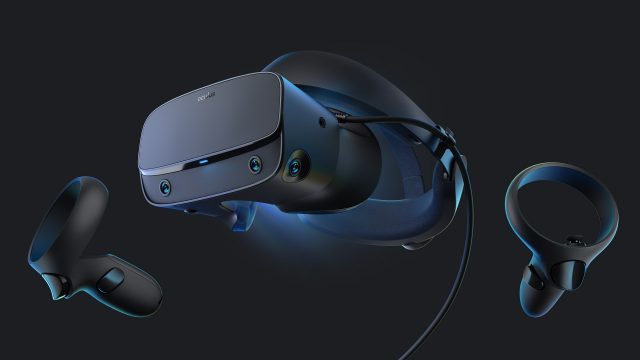
Oculus Rift S Recommended VR Specifications:
- Video Card: NVIDIA GTX 1060 / AMD Radeon RX 480 or greater
- CPU: Intel i5-4590 / AMD Ryzen 5 1500X or greater
- Memory: 8GB RAM or greater
- Video Output: DisplayPort
- USB Ports: 1x USB 3.0 port
- OS: Windows 10
Oculus Rift CV1 Recommended VR Specifications:
- Video Card: NVIDIA GTX 1060 / AMD Radeon RX 480 or greater
- CPU: Intel i5-4590 / AMD Ryzen 5 1500X or greater
- Memory: 8GB RAM or greater
- Video Output: Compatible HDMI 1.3 video output
- USB Ports: 3x USB 3.0 ports plus 1x USB 2.0 port
- OS: Windows 10 (Windows 7/8.1 no longer recommended)
Oculus Quest & Quest 2 with Oculus Link
Oculus Quest & Quest 2 can also play PC VR games via Oculus Link. See this article for the most up to date info on Oculus Quest recommended specs and supported graphics cards.
Valve
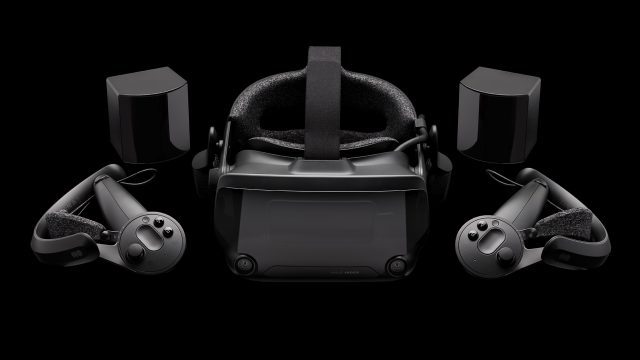
Valve Index Recommended VR Specifications:
- Video Card: NVIDIA GTX 1070 / AMD equivalent or greater
- CPU: Quad Core+
- Memory: 8GB RAM
- Video Output: DisplayPort 1.2
- USB Ports: 1x USB 2.0 port (USB 3.0 required for camera passthrough), 1x DisplayPort v1.2
- OS: Windows 10, SteamOS, Linux
HTC
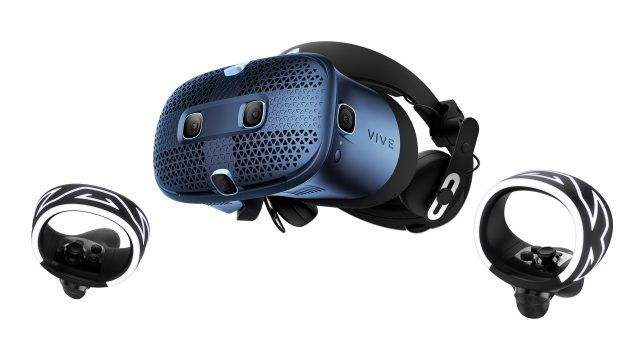
Vive Cosmos Recommended VR Specifications
- Video Card: NVIDIA GTX 1070 / AMD Radeon Vega 56 or greater
- CPU: Intel Core i5-4590/AMD FX 8350 equivalent or greater
- Memory: 8GB RAM
- Video Output: DisplayPort 1.2
- USB Ports: 1x USB 3.0 port
- OS: Windows 10
Vive Cosmos Elite Recommended VR Specifications
- Video Card: NVIDIA GTX 1070 / AMD Radeon Vega 56 or greater
- CPU: Intel Core i5-4590/AMD FX 8350 equivalent or greater
- Memory: 8GB RAM
- Video Output: DisplayPort 1.2
- USB Ports: 1x USB 3.0 port
- OS: Windows 10
Vive Pro Recommended VR Specifications
- Video Card: NVIDIA GTX 1070 / Quadro P5000 / AMD Radeon Vega 56 or greater
- CPU: Intel Core i5-4590 / AMD FX 8350 or greater
- Memory: 4GB RAM
- Video Output: DisplayPort 1.2
- USB Ports: 1x USB 3.0 port
- OS: Windows 10
Vive Recommended VR Specifications
- Video Card: NVIDIA GTX 1060 / AMD Radeon RX 480 or greater
- CPU: Intel Core i5-4590 / AMD FX 8350 or greater
- Memory: 4GB RAM
- Video Output: HDMI 1.4 / DisplayPort 1.2
- USB Ports: 1x USB 2.0 port
- OS: Windows 7 SP1, Windows 8.1, Windows 10
WMR & HP
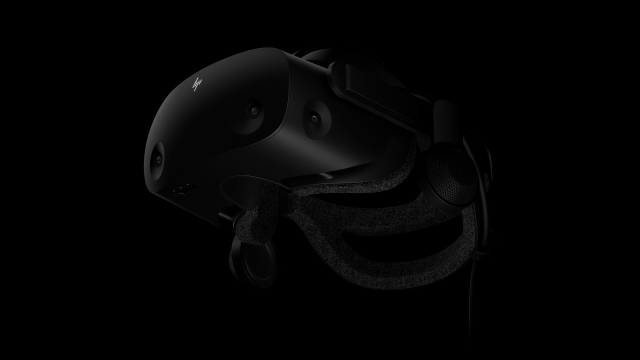
General Windows Mixed Reality Recommended VR Specifications
- Video Card: NVIDIA GTX 1060 / AMD RX 470/570 or greater
- CPU: Intel Core i5-4590 / AMD Ryzen 5 1400 or greater
- Memory: 8GB
- Video Output: HDMI 2.0 or DisplayPort 1.2 (may vary based on specific headset)
- USB Port: 1x USB 3.0
- OS: Windows 10 (Note: Not supported on N versions or Windows 10 Pro in S Mode)
- Bluetooth Some headsets require Bluetooth 4.0 for controller connectivity
Check your PC: Microsoft offers the Windows Mixed Reality PC Check app which actually benchmarks your machine to which category your machine fits into.
HP Reverb G1 and G2 Windows Mixed Reality Recommended VR Specifications
- Video Card: NVIDIA GTX 1080 / AMD RX 5700 or greater
- CPU: Intel Core i5, i7 / AMD Ryzen 5 or greater
- Memory: 8GB
- Video Output: DisplayPort 1.3
- USB Port: 1x USB 3.0
- OS: Windows 10 (may require latest updates)
Pimax
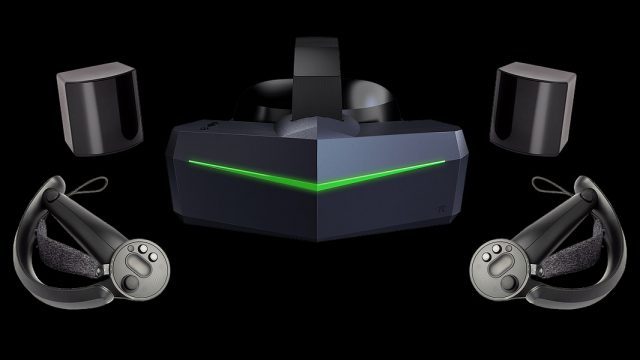
Pimax 8K X Recommended VR Specifications
- Video Card
- Upscale Mode: NVIDIA RTX 2060
- Native Mode: NVIDIA RTX 2080
- CPU: Intel Core i5-9400 equivalent or greater
- Memory: 8GB
- Video Output: DisplayPort 1.2
- USB Port: USB 2.0 or greater
- OS: Windows 10
Pimax 8K Plus Recommended VR Specifications
- Video Card: NVIDIA RTX 2060
- CPU: Intel Core i5-9400 equivalent or greater
- Memory: 8GB
- Video Output: DisplayPort 1.2
- USB Port: USB 2.0 or greater
- OS: Windows 10
Pimax 5K Super Recommended VR Specifications
- Video Card: NVIDIA GTX 1080 Ti
- CPU: Intel Core i5-9400 equivalent or greater
- Memory: 8GB
- Video Output: DisplayPort 1.2
- USB Port: USB 2.0 or greater
- OS: Windows 10
Pimax 5K Plus Recommended VR Specifications
- Video Card: NVIDIA GTX 1070
- CPU: Intel Core i5-9400 equivalent or greater
- Memory: 8GB
- Video Output: DisplayPort 1.4
- USB Port: USB 2.0 or greater
- OS: Windows 10, Windows 8.1
Pimax Artisan Recommended VR Specifications
- Video Card: NVIDIA GTX 1050 Ti
- CPU: Intel Core i5-9400 equivalent or greater
- Memory: 8GB
- Video Output: DisplayPort 1.4
- USB Port: USB 2.0 or greater
- OS: Windows 10, Windows 8.1
The post How to Tell if Your PC is VR Ready appeared first on Road to VR.
Ream more: https://www.roadtovr.com/how-to-tell-pc-virtual-reality-vr-oculus-rift-htc-vive-steam-vr-compatibility-tool/
No comments:
Post a Comment